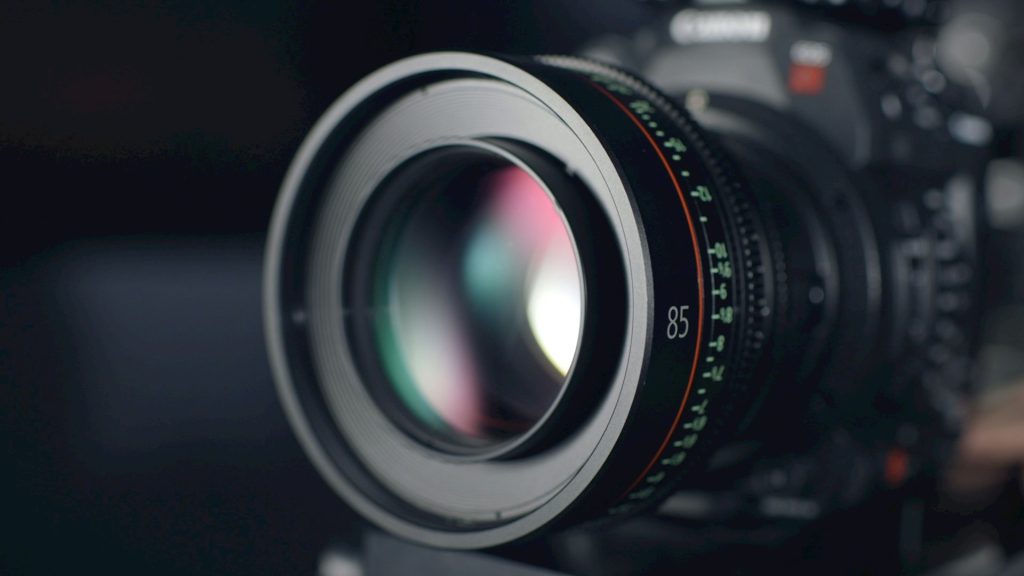Capturing the joy and energy of young children during a kindergarten photo shoot requires more than just a good camera. It demands the right settings, a thoughtful approach, and a keen eye for moments that highlight the vibrant personalities of each child. Whether you’re working on children photography or school photo sessions, getting your camera settings just right can make a world of difference in the final outcome. We will provide you with the professional camera settings and tips you need to produce high-quality children portrait shots that parents and educators will cherish for years to come.

Understanding the Basics of Camera Settings
When photographing young children, especially in a kindergarten setting, it’s essential to account for their natural movement. Children are often unpredictable, so your camera must be set to respond quickly and efficiently to ensure you capture those fleeting moments. Let’s break down the most important camera settings for childcare photographs:
1. Aperture (f/stop)
The aperture controls the depth of field in your photo. In photography, you want the subject to stand out from the background. A lower f/stop (such as f/2.8 or f/3.5) creates a shallow depth of field, which blurs the background while keeping the face sharp and clear. This is particularly important in family portrait, where you want the attention to be on the subjects without distractions in the background.
2. Shutter Speed
Kids are fast, and they love to move. To freeze that movement and avoid blurry shots, use a faster shutter speed, generally 1/250s or faster is ideal. For dynamic shots where children are jumping or playing, you might even want to increase this to 1/500s or higher. Fast shutter speeds are crucial in school photography to ensure that every smile and motion is crisp.
3. ISO
The ISO setting controls the camera’s sensitivity to light. In a well-lit kindergarten or classroom environment, keep your ISO between 400 and 800 to avoid grainy images while maintaining sufficient brightness. However, if you’re shooting in lower light conditions (such as a cloudy day or indoor setting with limited natural light), you may need to increase the ISO to ensure your photo isn’t too dark. But be careful, higher ISO settings can introduce noise into your children portrait photos, so it’s best to balance ISO with other settings.
Focus Mode and Auto Focus Points
Children are constantly on the move, and they may not always be in the perfect position for a camera shot. To ensure you capture those perfect moments, set your camera’s autofocus mode to continuous autofocus (AI Servo for Canon or AF-C for Nikon). This mode keeps the subject in focus even as they move. In family photography, this is particularly helpful when you have multiple subjects or young children who aren’t quite able to stay still for long periods.
In terms of autofocus points, use the single-point focus to ensure the camera focuses on the child’s eyes. The eyes are the window to the soul, and sharp eyes are a must in children portrait sessions. If the child is moving around a lot, using a wider autofocus area can also help ensure that you don’t miss the shot, even if the subject shifts unexpectedly.
White Balance and Color Temperature
When it comes to school portrait photography, lighting plays a huge role in how your images turn out. Natural light, which is often present in schools and classrooms, can sometimes have a cool or warm tint. To ensure your images look natural, adjust the white balance on your camera to match the lighting conditions. If you’re working in artificial lighting, use the Tungsten or Fluorescent presets accordingly. For outdoor shoots or when working with abundant daylight, use the Daylight or Cloudy setting to maintain a warm and inviting tone.
In family photography, accurate color representation is key, especially when you want the clothing and background to appear true to life. Be mindful of how different lighting conditions affect the overall warmth or coolness of your photos and adjust the white balance accordingly.
Exposure Triangle: Balancing Aperture, Shutter Speed, and ISO
The exposure triangle consists of three key elements: aperture, shutter speed, and ISO. As we’ve already discussed, each setting has a specific impact on your images. When shooting children portrait or family portrait photos, balancing these settings is essential to creating the right exposure without overexposing or underexposing the image.
- If you choose a wide aperture (low f-stop) to create a blurry background, you’ll likely need to increase your shutter speed to ensure the child remains in focus without motion blur.
- Similarly, if you’re photographing in a low-light environment, increasing your ISO may help brighten the image, but be cautious about introducing too much noise into the final product.
It’s important to test different combinations of settings based on the lighting conditions and your subject’s activity level. With school photography, where children may be seated or stationary for a moment, you can get away with slightly slower shutter speeds, but fast-moving moments, such as running or jumping, will demand faster speeds.
Choosing the Lens
For professional photographers, choosing the right lens is a crucial part of getting the perfect shot, and it plays a significant role in the outcome of your kindergarten photography session. A prime lens, such as a 50mm f/1.8 or 85mm f/1.4, is ideal for capturing sharp, clear portraits with a beautiful, creamy bokeh background. These lenses are perfect for children and school portrait, offering a natural look while blurring distracting school backgrounds.
If you need flexibility during your shoot, especially in a dynamic setting like a kindergarten or a daycare, a zoom lens (such as a 24-70mm f/2.8) will give you the versatility to adjust your focal length without moving too much. This is especially useful for child care photography, where you might want to quickly change perspective without disturbing the children’s activities.

In Summary
Achieving stunning photography for kindergarten photo shoots requires a combination of technical skill, the right settings, and an understanding of how to work with young subjects. By adjusting your camera settings, including aperture, shutter speed, ISO, and focus mode, you can ensure that you capture each child’s personality in crisp detail, whether you’re doing school portrait sessions or capturing the energy of a kindergarten classroom or a daycare.
At Sandpit Photos, we specialise in capturing beautiful kindergarten and child care photos and memory books with a focus on quality, creativity, and comfort. Our expert children photographers bring years of experience to every shoot, ensuring stunning results for kindergartens, childcare centres, and schools. Contact us today at 02 9979 9334 or visit our enquiry page to book your session and let us capture memories that will last a lifetime!
